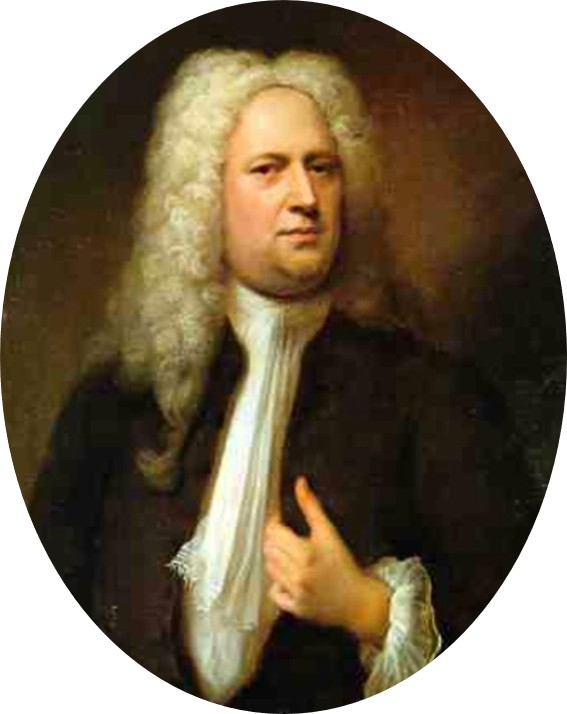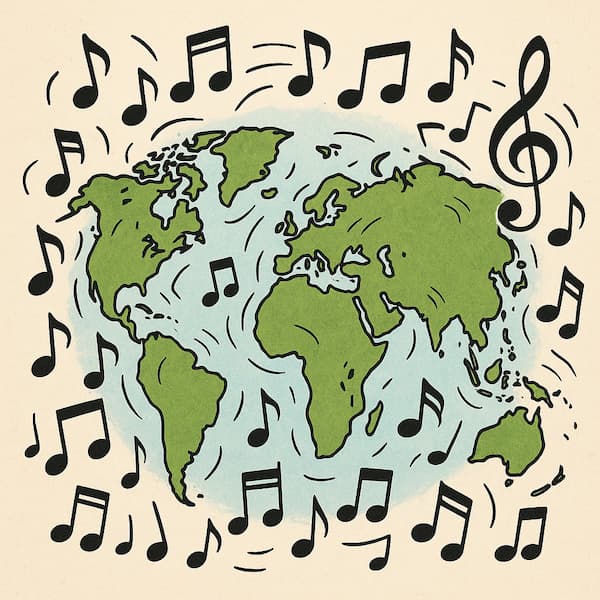One day in an antique shop, I found a small programme booklet for the Marlborough-Blenheim Quartet, Mr. Leo Sachs, director, which performed at the Marlborough-Blenheim hotel in Atlantic City.

1927 Cover
In looking further through the internet, I found three other programs from 1916, 1921, and 1931.
The piano quartet played Fridays, Sundays, and Mondays in the Blenheim Exchange. On Saturdays, the Ballroom was the place for dancing from 9 pm to 11 pm (the first two dances were for children).
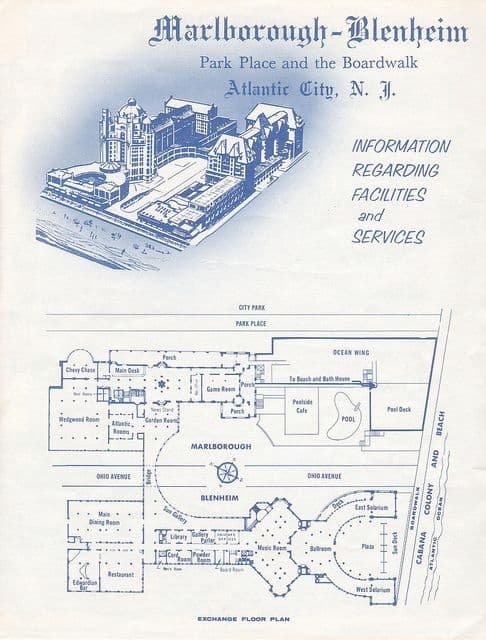
Marlborough-Blenheim floor plans
The hotel was a grand resort property in Atlantic City, New Jersey, in the days when it was a beach holiday location and not a gambling city. In 1900, the Marlborough House, in a Queen Anne Style, was built and, because of its success, was expanded in 1905. The new tower, called the Blenheim, after Blenheim Palace in Oxfordshire, the seat of the Dukes of Marlborough, was opened in 1906. As you can see from the plans above, the two buildings were connected only by a bridge that ran over Ohio Avenue.
The Blenheim side included a magnificent dome, the music room, the library, and other cultural centers while the Marlborough side had the pool and the game room.
The musical evenings were not open to the public but were reserved for the hotel guests and their guests.

Note to Audience
The repertoire played by the Piano Quartet in February 1927 included mostly European classics, but also some American music.
Since the performing ensemble was a piano quartet: 2 violins, cello, and piano, the opportunity to play orchestral music, sonatas, arias, and so on was all open to them. Over those three days, they played 21 different pieces by 20 different composers, dating from 1771 (Boccherini) to 1924 (Friml). They played standards arranged from operas, comic operas, piano works, and even popular songs of the day. There was no Mozart, no Beethoven, but music by composers of lighter works. The ‘fantasies’ would have been arrangements of the highlights of an opera arranged for chamber ensemble. It’s probably that some works, such as the Chopin Nocturne, would have been for solo piano or Popper’s Tarantella for the cello and piano alone.
The hand of Fritz Kreisler is visible in his arrangements of others’ music, such as his arrangement of Krakauer’s Im Paradies, and his arrangement of Francoeur’s Sicilienne and Rigaudon. For an ensemble with two violinists, Kreisler’s arrangements would have been ideal.
In looking at the music for Friday evening, it’s a mix of the familiar and the showy. Some works have completely dropped off the performing map and others are not identifiable by the information given.
To reconstruct your evening at the Marlborough-Blenheim, here are some performances (although few for the piano quartet).
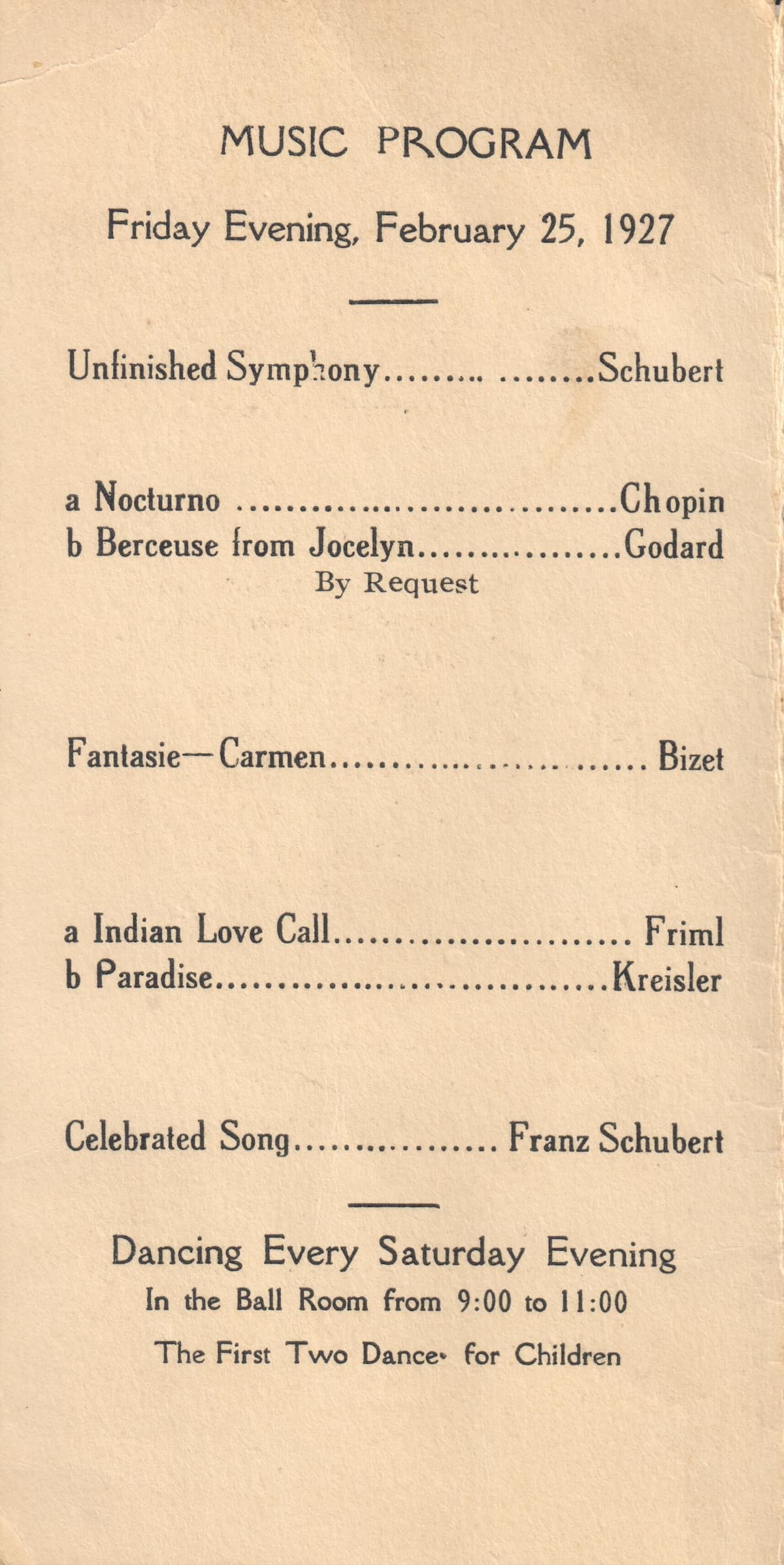
1927 Friday
We open with Schubert’s Unfinished Symphony, with its wonderful low cello opening.
Franz Schubert: Symphony No. 8 in B Minor, D. 759, “Unfinished” – I. Allegro moderato (The Classical Band; Bruno Weil, cond.)
We’re guessing at which Chopin Nocturne would have been played, but one of the most popular is his Nocturne No. 2.
Frédéric Chopin: Nocturne No. 2 in E-Flat Major, Op. 9, No. 2 (Pascal Rogé, piano)
Benjamin Godard’s Jocelyn had its premiere in 1888, and the lullaby, ‘Oh! Ne t’éveille pas encore’, better known in English as ‘Angels Guard Thee’, was the composer’s most remembered work.
Benjamin Godard: Jocelyn Suite, Op. 100: Berceuse (Slovak Radio Symphony Orchestra; Ondrej Lenárd, cond.)
Pablo de Sarasate’s 1881 Carmen Fantasy, op. 25, would have been an opportunity for the violinist of the ensemble to show off in this work that emphasized music with Spanish character.
Pablo de Sarasate: Carmen Fantasy, Op. 25 (after G. Bizet) (Itzhak Perlman, violin; Royal Philharmonic Orchestra; Lawrence Foster, cond.)
Rudolph Friml’s musical Western set in Canada, Rose-Marie, is still best known today for the Indian Love Call, Friml’s best-known work. Rose-Marie was the longest-running musical of the 1920s, and no fewer than four films were made based on the story, the most famous being the 1936 version with Jeanette MacDonald and Nelson Eddy.
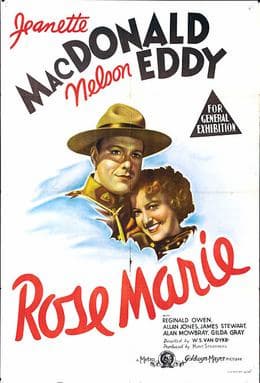
Rose-Marie poster
Rudolph Friml / Herbert Stothart: Rose-Marie – Act I: Indian Love Call: So echoes of sweet love notes gently fall (Debra Vanderlinde, Rose-Mari; Ron Raines, Jim)
Simply credited as ‘Paradise by Kreisler’, we suspect that this is actually Fritz Kreisler’s arrangement of Im Paradies by Alexander Krakauer, which Kreisler published in 1922.
Alexander Krakauer: Im Paradies (arr. F. Kreisler for violin and piano) (Benjamin Schmid, violin; Miklós Skuta, piano)
The last piece on the evening’s program, a ‘Celebrated Song’ by Schubert, is not possible to identify.
As an evening of music, it’s an interesting mix of the serious (Schubert’s Symphony), the showpieces (Sarasate’s Carmen Fantasy), and popular songs from musicals and opera. There was a level of knowledge expected of the audience, as we’ll see in the next days’ programming.
For more of the best in classical music, sign up for our E-Newsletter

